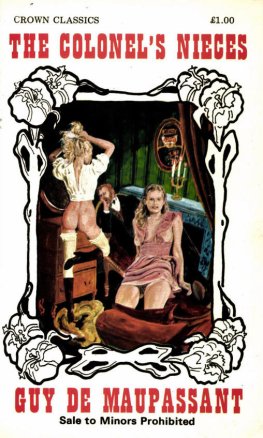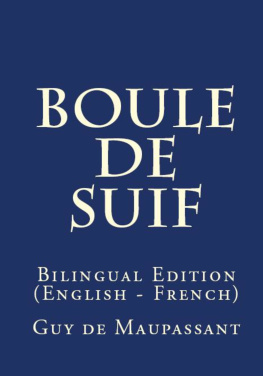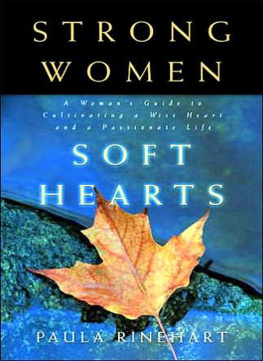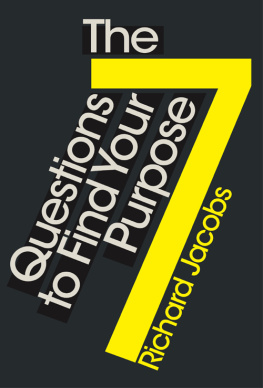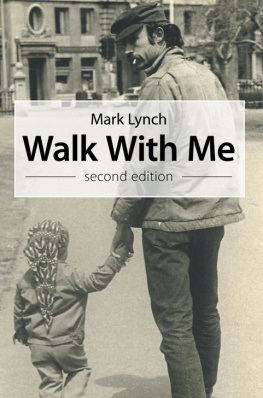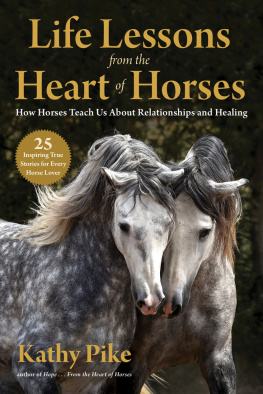
GUY DE MAUPASSANT was born of upper-middle-class parents in Normandy in 1850. After the failure of his parents' marriage he lived with his mother at tretat, a newly fashionable seaside resort. Having enrolled as a law student in 1869, he was called up after the outbreak of the Franco-Prussian War in 1870 and served as a quartermaster's clerk in Rouen. Following the war he left the army and eventually secured a post as a minor civil servant His favourite pastimes were womanizing and boating, especially at Argenteuil on the Seine, which was also a favourite haunt of the Impressionists. Flaubert, whom he knew through his mother, encouraged his literary activities and shaped both his style and his pessimistic outlook on life. Through Flaubert he came to know the leading figures in Parisian cultural life, notably mile Zola, who recruited him to his new 'Naturalist' school of writing. Boule de Suif , his short story about a prostitute during the Franco-Prussian War, was hailed as a masterpiece by both Flaubert and the reading public. A leading figure in fashionable society and artistic circles, Maupassant wrote prolifically and was soon the bestselling author in France after Zola. During the following decade he wrote nearly 300 stories, 200 newspaper articles, six novels, and three travel books. He earned substantial sums of money, which he spent on yachts, women, travel, and houses, and on his mother, and his younger brother Herv, who eventually died insane in an asylum in Lyons in 1889. Despite his enthusiasm for sex and outdoor pursuits, Maupassant's own health had never been good. A nervous disorder possibly inherited from his mother was compounded by syphilis, contracted in 1876, and he consulted numerous doctors in the course of his short life. On New Year's Day 1892 he attempted suicide with a paper-knife and was removed to the clinic of Dr Blanche at Passy, suffering from the syphilitic paresis, or general paralysis, which had driven him mad. He died on 6 July 1893 at the age of 42.
ROGER PEARSON is Professor of French in the University of Oxford and Fellow and Praelector in French at The Queen's College, Oxford. He is the author of Stendhal's Violin: A Novelist and His Reader (Oxford, 1988), The Fables of Reason: A Study of Voltaire's 'contes philosophiques' (Oxford, 1993), and Unfolding Mallarm: The Development of a Poetic Art (Oxford, 1996). For Oxford World's Classics he has translated and edited Voltaire, Candide and Other Stories (1990) and Zola, La Bte humaine (1996), and revised and edited Thomas Walton's translation of Zola, The Masterpiece (1993).
OXFORD WORLD'S CLASSICS
For almost 100 years Oxford World's Classics have brought readers closer to the world's great literature. Now with over 700 titles, from the 4,000-year-old myths of Mesopotamia to the twentieth century's greatest novels, the series makes available lesser-known as well as celebrated writing.
The pocket-sized hardbacks of the early years contained introductions by Virginia Woolf, T. S. Eliot, Graham Greene, and other literary figures which enriched the experience of reading.
Today the series is recognized for its fine scholarship and reliability in texts that span world literature, drama and poetry, religion, philosophy and politics. Each edition includes perceptive commentary and essential background information to meet the changing needs of readers.
A Life
The Humble Truth
Guy de Maupassant
Oxford World's Classics
Translated with an Introduction and Notes by Roger Pearson
Oxford University Press, Great Clarendon Street, Oxford OX2 6DP
Oxford New York
Athens Auckland Bangkok Bogot Buenos Aires Calcutta Cape Town Chennai Dar es Salaam Delhi Florence Hong Kong Istanbul Karachi Kuala Lumpur Madrid Melbourne Mexico City Mumbai Nairobi Paris So Paulo Singapore Taipei Tokyo Toronto Warsaw and associated companies in Berlin Ibadan
Oxford is a registered trade mark of Oxford University Press
Published in the United States
by Oxford University Press Inc., New York
Translated with an Introduction and Notes Roger Pearson 1999
First published as a World's Classics paperback 1999
All rights reserved. No part of this publication may be reproduced, stored in a retrieval system, or transmitted, in any form or by any means, without the prior permission in writing of Oxford University Press. Within the UK, exceptions are allowed in respect of any fair dealing for the purpose of research or private study, or criticism or review, as permitted under the Copyright, Designs and Patents Act, 1988, or in the case of reprographic reproduction in accordance with the terms of the licences issued by the Copyright Licensing Agency. Enquiries concerning reproduction outside these terms and in other countries should be sent to the Rights Department, Oxford University Press, at the address above
This book is sold subject to the condition that it shall not, by way of trade or otherwise, be lent, re-sold, hired out or otherwise circulated without the publisher 's prior consent in any form of binding or cover other than that in which it is published and without a similar condition including this condition being imposed on the subsequent purchaser
British Library Cataloguing in Publication Data
Data available
Library of Congress Cataloging in Publication Data
Maupassant, Guy de, 18501893
[Vie. English]
A life/Guy de Maupassant; translated with an introduction and notes by Roger Pearson.
(Oxford world's classics)
Includes bibliographical references.
I. Pearson, Roger. II. Title. III. Series: Oxford world's classics (Oxford University Press)
PQ2349.V4E6 1999 843'.8dc21 98-32139
ISBN 0-19-28398-0
1 3 5 7 9 10 8 6 4 2
Typeset by Refine Catch Limited, Bungay, Suffolk
Printed in Great Britain by
Cox & Wyman Ltd., Reading, Berkshire
CONTENTS
Introduction
Note on the Translation
Select Bibliography
A Chronology of Guy de Maupassant
A LIFE
Explanatory Notes
INTRODUCTION
A work of art is superior only if it is at once a symbol and the accurate expression of a particular reality.
( Maupassant , La Vie errante)
Readers who do not wish to learn details of the plot will prefer to treat the Introduction as an Epilogue.
Guy de Maupassant and A Life
What is a life? A biological blip or a subtle construct of will and circumstance? A measured progress through time and space, from the spasm of departure to a mortal terminus, or an eddy in the swirling current of eternity? And how shall a storyteller conceive a life? As a causal chain in which the child is truly father to the man, or as some contingent and promiscuous sequence of accident and ephemeral impulse? As a plotted adventure of exploit, place, and character, or a grey tedium punctuated by non-events and peopled with faceless non-entities? What if art means pattern and life has none? How, then, can any story be true to life? These are some of the questions which inform A Life (1883), the first of Guy de Maupassant's six novels.
His own life did not lack for event or entity. Born in Normandy in 1850, he was the elder son of Gustave de Maupassant, a man of some means but little resolve, who squandered the means and lavished such determination as he possessed upon the pursuit of women. Guy's mother, Laure Le Poittevin, a cultivated but febrile woman, had been a friend since childhood of Gustave Flaubert (182180), author of Madame Bovary (1857) and later the literary mentor and 'departed friend' to whose memory A Life is dedicated. Maupassant's parents separated formally in 1863 (divorce, briefly legalized between 1792 and 1816, did not become lawful again in France until 1884), and the young Guy went to live with his mother and younger brother Herv at tretat on the coast of Normandy. In 1867 the two boys began to go to school in Rouen. Thus some of the 'exploit, place, and character' of his first novel is clearly drawn from life.
Next page

